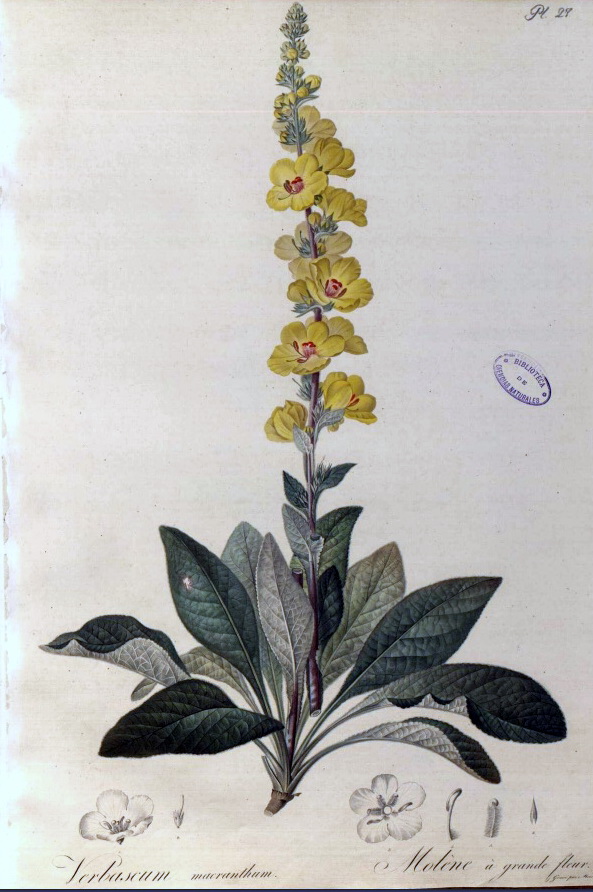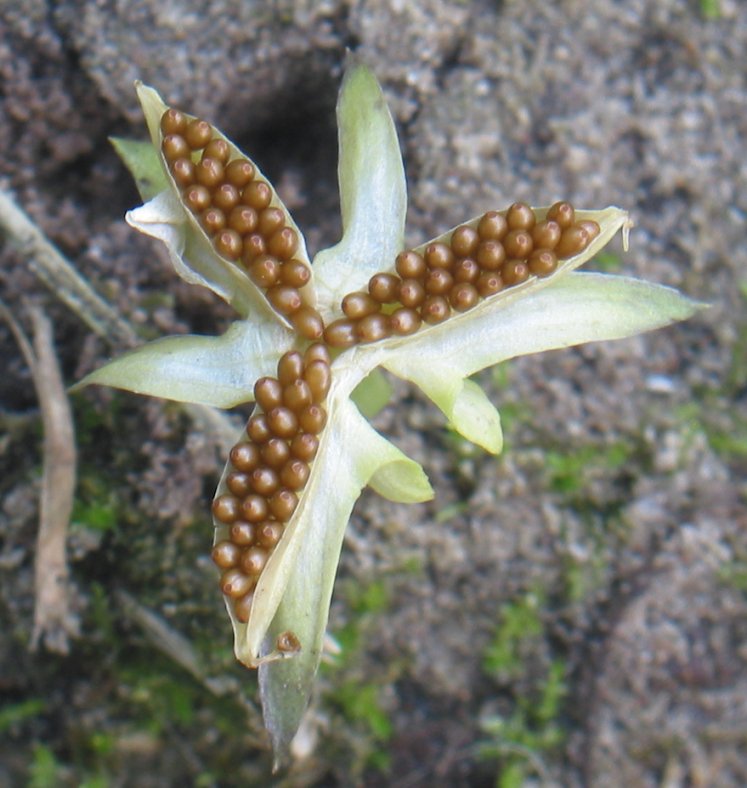|
Boloria Napaea
''Boloria napaea'', the Napaea fritillary or mountain fritillary, is a butterfly of the family Nymphalidae. Distribution In Europe the species is found in the Alps, mountainous areas in northern Scandinavia and very local in the eastern parts of the Pyrenees. In North America it is found in Alaska, northwestern Canada, and in small populations in the Canadian part of the Rocky Mountains, Alberta, and Wyoming. In Asia it is found in Siberia, the Altai Mountains, and the Amur Oblast. Description The wingspan The wingspan (or just span) of a bird or an airplane is the distance from one wingtip to the other wingtip. For example, the Boeing 777–200 has a wingspan of , and a wandering albatross (''Diomedea exulans'') caught in 1965 had a wingspan ... is 35–48 mm. The upperside is orange with brown basal suffusion and sometimes even purplish gray in the female, decorated with brown designs, with small scallops and a line of submarginal round dots. The hindwing f ... [...More Info...] [...Related Items...] OR: [Wikipedia] [Google] [Baidu] |
Johann Centurius Hoffmannsegg
Johann Centurius Hoffmann Graf von Hoffmannsegg (23 August 1766 – 13 December 1849) was a German botanist, entomologist and ornithologist. Hoffmannsegg was born at Rammenau and studied at Leipzig and Göttingen. He travelled through Europe acquiring vast collections of plants and animals. He visited Hungary, Austria and Italy in 1795–1796 and Portugal from 1797 to 1801. He sent his collections to Johann Karl Wilhelm Illiger, then in Brunswick, so that he could study them. Hoffmannsegg worked in Berlin from 1804 to 1816, and was elected a member of the Academy of Science of the city in 1815. He was the founder of the zoological museum of Berlin in 1809. Hoffmannsegg proposed Illiger for the position of curator, and all the Hoffmannsegg's collections were then transferred to Berlin. The legume A legume () is a plant in the family Fabaceae (or Leguminosae), or the fruit or seed of such a plant. When used as a dry grain, the seed is also called a pulse. Legumes ... [...More Info...] [...Related Items...] OR: [Wikipedia] [Google] [Baidu] |
Altai Mountains
The Altai Mountains (), also spelled Altay Mountains, are a mountain range in Central and East Asia, where Russia, China, Mongolia and Kazakhstan converge, and where the rivers Irtysh and Ob have their headwaters. The massif merges with the Sayan Mountains in the northeast, and gradually becomes lower in the southeast, where it merges into the high plateau of the Gobi Desert. It spans from about 45° to 52° N and from about 84° to 99° E. The region is inhabited by a sparse but ethnically diverse population, including Russians, Kazakhs, Altais, Mongols and Volga Germans, though predominantly represented by indigenous ethnic minorities of semi-nomadic stock. The local economy is based on bovine, sheep, horse husbandry, hunting, agriculture, forestry, and mining. The Altaic language family takes its name from this mountain range. Etymology and modern names ''Altai'' is derived from underlying form *''altañ'' "gold, golden" (compare Old Turkic 𐰞𐱃𐰆𐰣 ''altun'' ... [...More Info...] [...Related Items...] OR: [Wikipedia] [Google] [Baidu] |
Butterflies Of North America
This list contains links to lists with the common and scientific names of butterflies of North America north of Mexico. * Papilionidae: swallowtails and parnassians (40 species) ** Parnassiinae: parnassians (3 species) ** Papilioninae: swallowtails (37 species) * Hesperiidae: skippers (300 species) ** Pyrrhopyginae: firetips (1 species) ** Pyrginae: spread-wing skippers (138 species) ** Heteropterinae: skipperlings (7 species) ** Hesperiinae: grass skippers (141 species) ** Megathyminae: giant-skippers (13 species) * Pieridae: whites and sulphurs (70 species) ** Pierinae: whites (29 species) ** Coliadinae: sulphurs (40 species) ** Dismorphiinae: mimic-whites (1 species) * Lycaenidae: gossamer-wings (144 species) ** Miletinae: harvesters (1 species) ** Lycaeninae: coppers (16 species) ** Theclinae: hairstreaks (90 species) ** Polyommatinae: blues (37 species) * Riodinidae: metalmarks (28 species) * Nymphalidae: brush-footed butterflies (233 species) ** Libytheinae: sno ... [...More Info...] [...Related Items...] OR: [Wikipedia] [Google] [Baidu] |
Butterflies Of Asia
Butterflies are insects in the macrolepidopteran clade Rhopalocera from the order Lepidoptera, which also includes moths. Adult butterflies have large, often brightly coloured wings, and conspicuous, fluttering flight. The group comprises the large superfamily Papilionoidea, which contains at least one former group, the skippers (formerly the superfamily "Hesperioidea"), and the most recent analyses suggest it also contains the moth-butterflies (formerly the superfamily "Hedyloidea"). Butterfly fossils date to the Paleocene, about 56 million years ago. Butterflies have a four-stage life cycle, as like most insects they undergo complete metamorphosis. Winged adults lay eggs on the food plant on which their larvae, known as caterpillars, will feed. The caterpillars grow, sometimes very rapidly, and when fully developed, pupate in a chrysalis. When metamorphosis is complete, the pupal skin splits, the adult insect climbs out, and after its wings have expanded and dried ... [...More Info...] [...Related Items...] OR: [Wikipedia] [Google] [Baidu] |
Boloria
''Boloria'' is a brush-footed butterfly (Nymphalidae) genus. ''Clossiana'' is usually included with it nowadays, though some authors still consider it distinct and it seems to warrant recognition as a subgenus at least. Species Listed alphabetically:Jim P. Brock, Kenn Kaufman (2003) ''Kaufman Field Guide to Butterflies of North America''. Boston: Houghton Mifflin. * ''Boloria acrocnema'' Gall & Sperling, 1980 – Uncompahgre fritillary * '' Boloria alaskensis'' (Holland, 1900) – mountain fritillary (Arctic America, Alaska to Hudson Bay, Wyoming, Polar Urals, Yamal Peninsula, Transbaikalia, Chukotka, Wrangel Island) * ''Boloria aquilonaris'' (Stichel, 1908) – cranberry fritillary * '' Boloria alberta'' (W.H. Edwards, 1890) – Alberta fritillary * '' Boloria angarensis'' (Erschoff, 1870) (Transbaikalia, South Siberia, Far East Yakutia, Polar Urals, Yamal Peninsula, Sayan, Tuva mountains, Amur, Ussuri, North Korea, Northeast China) * '' Boloria astarte'' (Doubleday, 847 – Asta ... [...More Info...] [...Related Items...] OR: [Wikipedia] [Google] [Baidu] |
Polygonum Bistortoides
''Bistorta bistortoides'' (American bistort, western bistort, smokeweed, mountain meadow knotweed, mountain buckwheat or mountain meadow buckwheat) is a perennial herb in the buckwheat and knotweed family Polygonaceae. The species name remains unresolved. ''Bistorta bistortoides'' is distributed throughout the Mountain West in North America from Alaska and British Columbia south into California and east into the Rocky Mountains. ''Bistorta bistortoides'' grows from foothills to above the timberline, although plants growing above 7,500 feet (2250 m) are smaller and seldom reach more than 12 inches (30 cm) in height. Plants in other areas may reach over half a meter–1.5 feet (20–60 cm) tall. The leaves are leathery and up to 40 centimeters (3 feet) long, and are mostly basal on the stem. The dense cylindrical to oblong inflorescence is packed with small white to pinkish flowers, each a few millimeters wide and with protruding stamens. Rodents and bears consume the ro ... [...More Info...] [...Related Items...] OR: [Wikipedia] [Google] [Baidu] |
Polygonum Viviparum
''Bistorta vivipara'' (synonym ''Persicaria vivipara'') is a perennial herbaceous flowering plant in the knotweed and buckwheat family Polygonaceae, commonly known as alpine bistort. Scientific synonyms include ''Bistorta vivipara'' and ''Polygonum viviparum''. It is common all over the high Arctic through Europe, North America, and temperate and tropical Asia. Its range stretches further south in high mountainous areas such as the Alps, Carpathians, Pyrenees, Caucasus, and the Tibetan Plateau. Taxonomy Molecular phylogenetic work has demonstrated that the genus ''Bistorta'' represents a distinct lineage within the family Polygonaceae. The genus ''Bistorta'' contains at least 42 accepted species. Description Alpine bistort is a perennial herb that grows to tall. It has a thick rhizomatous rootstock and an erect, unbranched, hairless stem. The leaves are hairless on the upper surfaces, but hairy and greyish-green below. The basal ones are longish-elliptical with long stalks a ... [...More Info...] [...Related Items...] OR: [Wikipedia] [Google] [Baidu] |
Viola Biflora
''Viola biflora'' is a species of the genus ''Viola ; german: Bratsche , alt=Viola shown from the front and the side , image=Bratsche.jpg , caption= , background=string , hornbostel_sachs=321.322-71 , hornbostel_sachs_desc=Composite chordophone sounded by a bow , range= , related= *Violin family ...''. It is also called alpine yellow-violet, arctic yellow violet, or twoflower violet. It is found in Europe, Siberia, Central Asia, Pakistan, western and northern China, North Korea, Japan, and Western North America. References External links * * biflora Plants described in 1753 Taxa named by Carl Linnaeus Flora of the Carpathians {{Violaceae-stub ... [...More Info...] [...Related Items...] OR: [Wikipedia] [Google] [Baidu] |
Viola (plant)
''Viola'' is a genus of flowering plants in the violet family Violaceae. It is the largest genus in the family, containing between 525 and 600 species. Most species are found in the temperate Northern Hemisphere; however, some are also found in widely divergent areas such as Hawaii, Australasia, and the Andes. Some ''Viola'' species are perennial plants, some are annual plants, and a few are small shrubs. Many species, varieties and cultivars are grown in gardens for their ornamental flowers. In horticulture the term pansy is normally used for those multi-colored, large-flowered cultivars which are raised annually or biennially from seed and used extensively in bedding. The terms viola and violet are normally reserved for small-flowered annuals or perennials, including the wild species. Description Annual or perennial caulescent or acaulescent (with or without a visible plant stem above the ground) herbs, shrubs or very rarely treelets. In acaulescent taxa the foliage and f ... [...More Info...] [...Related Items...] OR: [Wikipedia] [Google] [Baidu] |
Wingspan
The wingspan (or just span) of a bird or an airplane is the distance from one wingtip to the other wingtip. For example, the Boeing 777–200 has a wingspan of , and a wandering albatross (''Diomedea exulans'') caught in 1965 had a wingspan of , the official record for a living bird. The term wingspan, more technically extent, is also used for other winged animals such as pterosaurs, bats, insects, etc., and other aircraft such as ornithopters. In humans, the term wingspan also refers to the arm span, which is distance between the length from one end of an individual's arms (measured at the fingertips) to the other when raised parallel to the ground at shoulder height at a 90º angle. Former professional basketball player Manute Bol stood at and owned one of the largest wingspans at . Wingspan of aircraft The wingspan of an aircraft is always measured in a straight line, from wingtip to wingtip, independently of wing shape or sweep. Implications for aircraft design an ... [...More Info...] [...Related Items...] OR: [Wikipedia] [Google] [Baidu] |
Amur Oblast
Amur Oblast ( rus, Аму́рская о́бласть, r=Amurskaya oblast, p=ɐˈmurskəjə ˈobləsʲtʲ) is a federal subject of Russia (an oblast), located on the banks of the Amur and Zeya Rivers in the Russian Far East. The administrative center of the oblast, the city of Blagoveshchensk, is one of the oldest settlements in the Russian Far East, founded in 1856. It is a traditional center of trade and gold mining. The territory is accessed by two railways: the Trans-Siberian Railway and the Baikal–Amur Mainline. As of the 2010 Census, the oblast's population was 830,103. Amur Krai () or Priamurye () were unofficial names for the Russian territories by the Amur River used in the late Russian Empire that approximately correspond to modern Amur Oblast. Geography Amur Oblast is located in the southeast of Russia, between Stanovoy Range in the north and the Amur River in the south, and borders with the Sakha Republic in the north, Khabarovsk Krai and the Jewish ... [...More Info...] [...Related Items...] OR: [Wikipedia] [Google] [Baidu] |



_male_in_flight.jpg)
